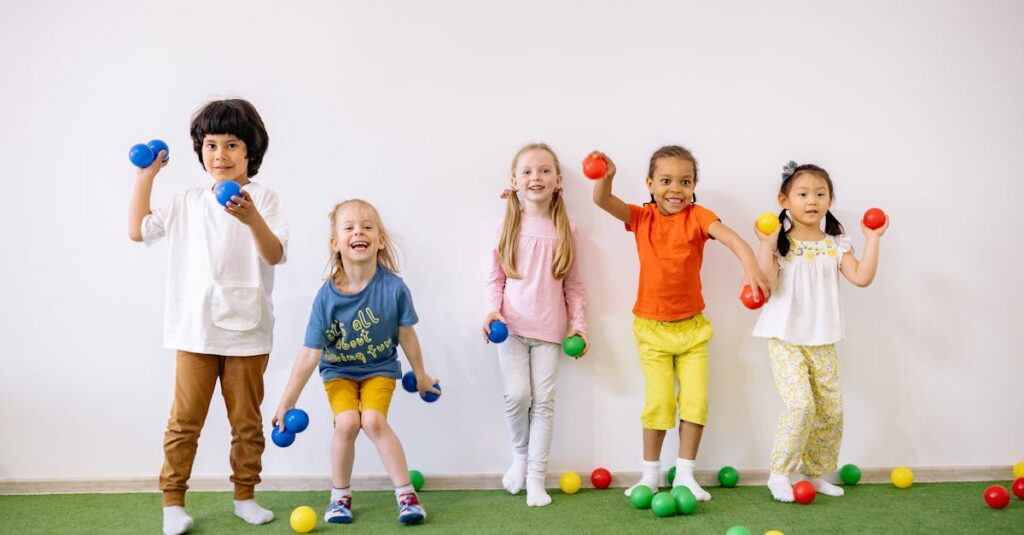The Magic of AI in the Classroom
Picture this: a classroom where pre-schoolers giggle as they learn. That’s the magic of AI in the classroom. AI assistants, like chatty robots, can answer endless questions without getting tired! This helps kids stay curious and eager to learn. Imagine an AI buddy that knows your child’s favorite color and can teach them about rainbows in that hue. It’s like magic, but it’s real. AI makes learning personalized and super fun, turning every question into an adventure.
Interactive Learning with AI
Interactive learning is where AI shines. These AI buddies can play educational games, sing songs, and even tell stories. They keep kids engaged with colorful visuals and fun sounds. It’s like having a co-teacher who’s always up for a game of ‘What’s This Color?’ or ‘Count the Toys.’ AI assistants can adapt to each child’s learning pace, ensuring no one gets left behind. So, grab those devices, and let the learning games begin!
Emotional Benefits for Pre-Schoolers
Learning isn’t just about ABCs and 123s; it’s also about feelings. AI helps here too. A virtual buddy can recognize a child’s emotions and respond with empathy. If your little one is feeling blue, the AI assistant might suggest a fun activity or a calming story. This emotional support can help build a positive association with learning, making the experience enjoyable. Plus, it gives kids a sense of companionship, especially vital for those who might feel shy or lonely.
Key takeaways:
- AI provides emotional support for pre-schoolers during the learning process.
- Positive emotional experiences can enhance a child’s enjoyment of learning.
- Virtual buddies can offer companionship for shy or lonely children.
Practical Tips for Parents
Now, for some practical tips. First, always supervise your child’s interaction with AI. Set time limits to prevent screen fatigue. Encourage healthy breaks and mix AI learning with real-world play. Use AI to complement, not replace, human interaction. Make learning a family affair by joining in the fun activities. And don’t forget to test different AI tools to find the best fit for your child’s learning style. There’s no one-size-fits-all, so explore until you find what works!
Join the Conversation
We want to hear from you! Have you tried using AI to teach your pre-schooler? What worked, and what didn’t? Share your stories and tips in the comments.
Let’s create a community where we support each other in navigating this exciting new world of AI learning. After all, parenting is a team sport. So, let’s get chatting and make learning a fun adventure for all our little explorers!
Related Posts:
- AI-Driven Self Learning in Kids
- AI’s Role in Children’s Cognitive Development
- AI in Early Child Education: Pros and Cons
- AI’s Impact on Learning Styles
- Moral Education in the Age of AI: Approach and Impact

